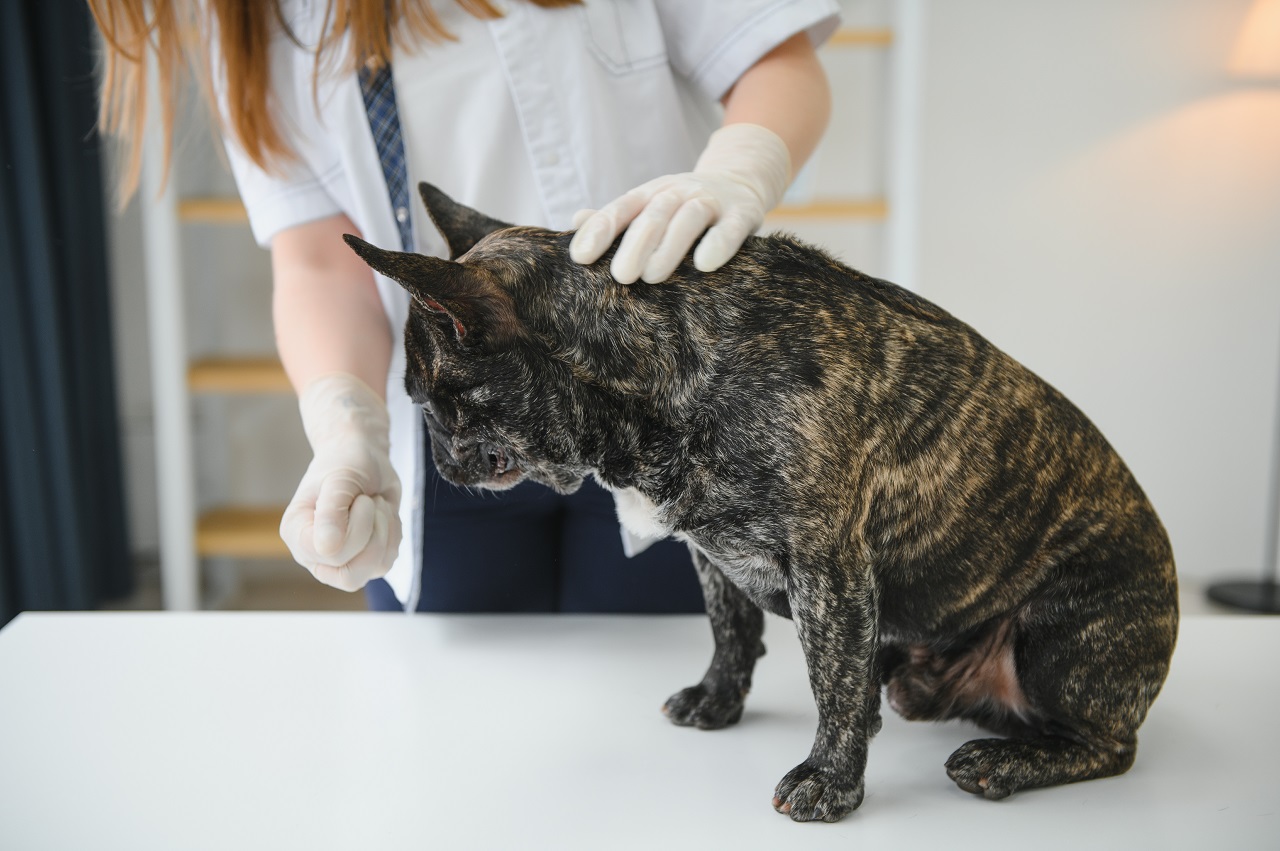There are a lot of great things about living in South Florida. The beaches, the sunshine, the outdoor lifestyle, just to name a few. But being a pet owner in this wonderful community also brings its own challenges. The dangers of heat stroke are often under estimated, and the consequences can be life threatening to our four legged family members.
How does it work?

What are the effects of heat stroke?
Core temperatures of this magnitude affect most body systems including neurologic, gastrointestinal, liver and kidneys, and the lungs. If caught early, pets have a good prognosis. Prolonged elevation of core temperatures can lead to multi-organ failure and even death in severe cases.
What are the signs of Heat Stroke in Pets?
Signs of heat stroke include excessive panting, dry and bright red gums, altered behavior (mentation), extreme lethargy, and dark and tar like stools. Petechia (small superficial bruises) may develop as well. You can take Temperatures in the axillary region (armpit) or rectally if you become concerned about any of these signs in your pet. Any temperature above 103.5 F in a dog with these clinical signs and a history of outdoor exposure or exercise is concerning. This should would warrant a veterinary visit. If rectal temperature is greater than 106 F, speak to your vet about starting environmental cooling (fan or AC) while heading directly to the animal hospital.



